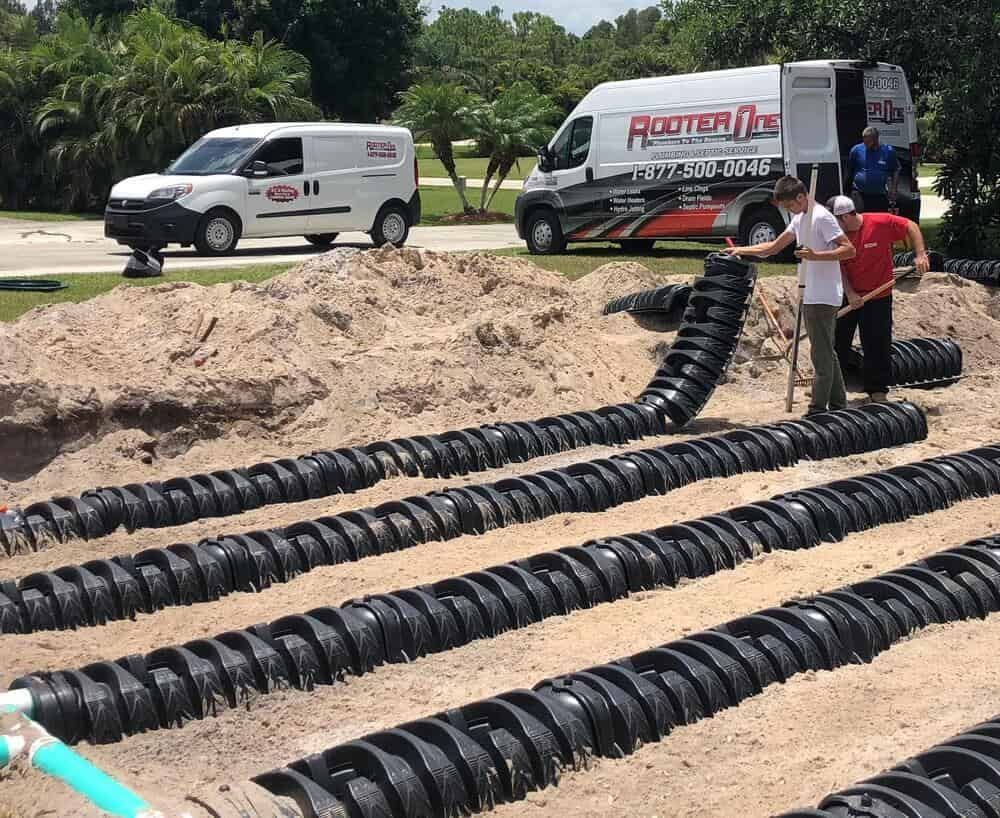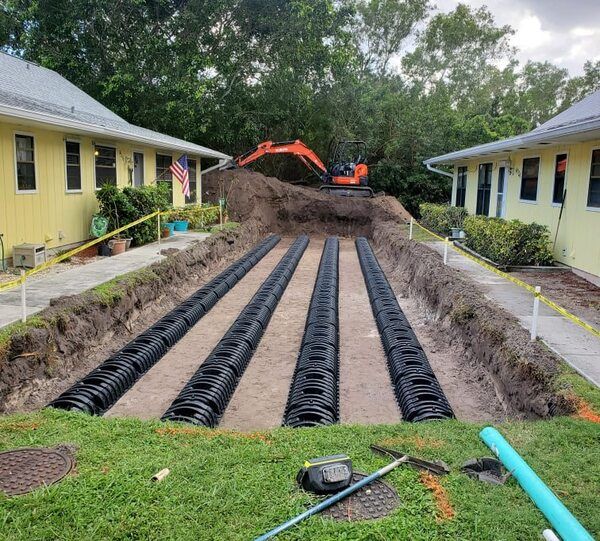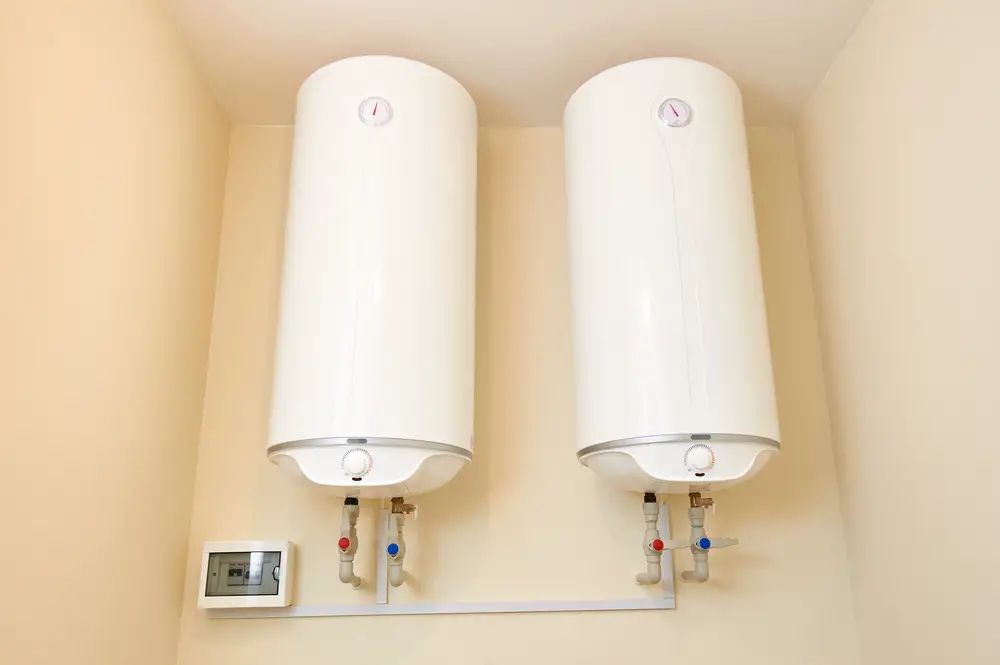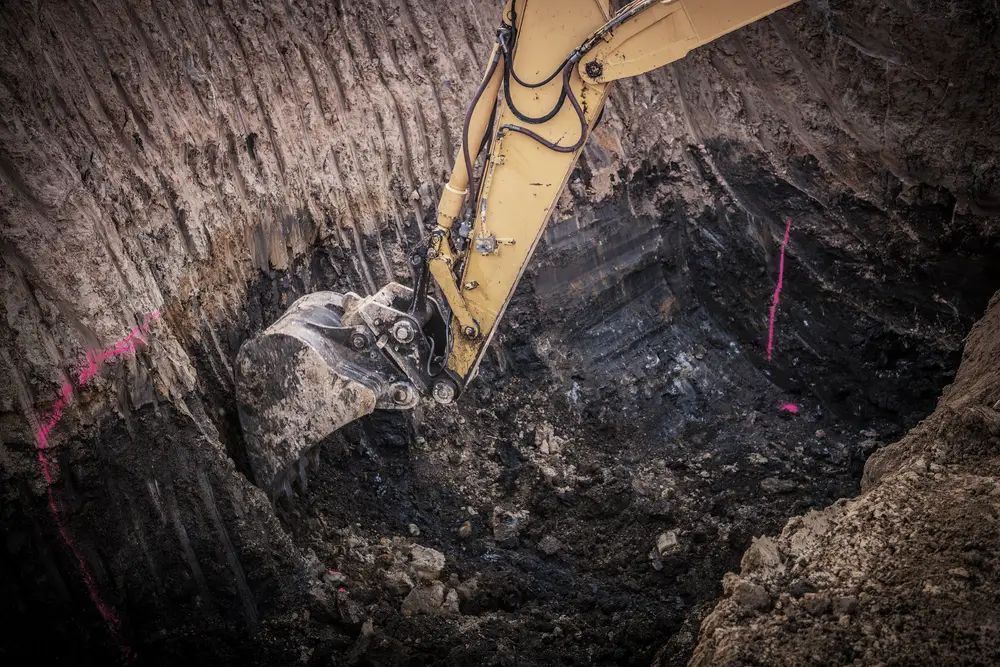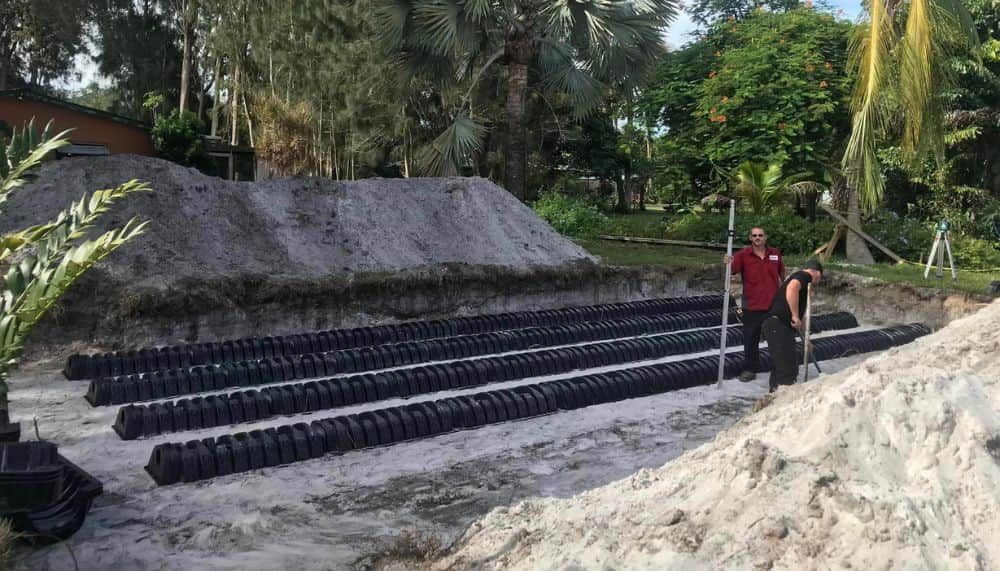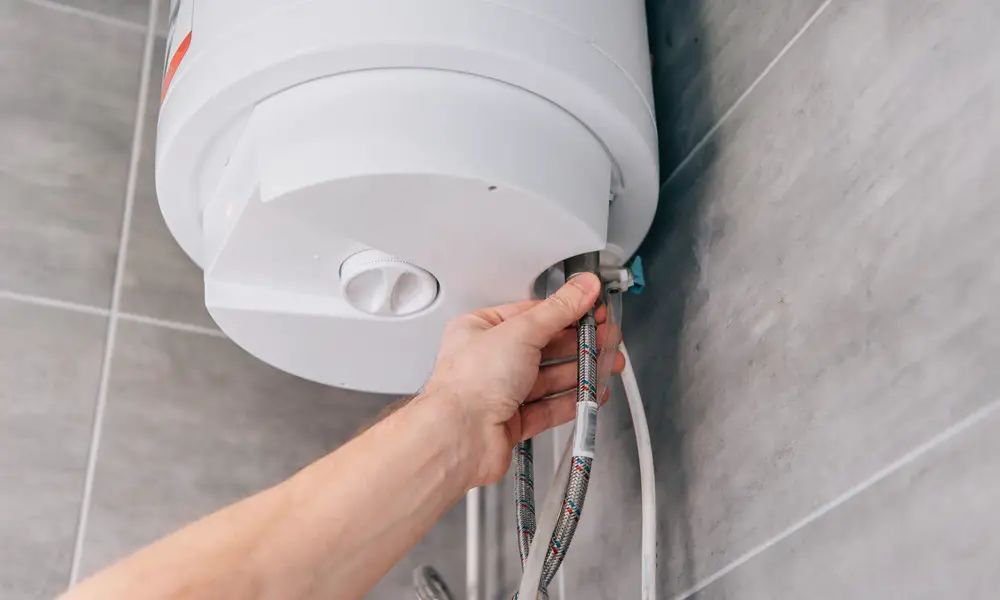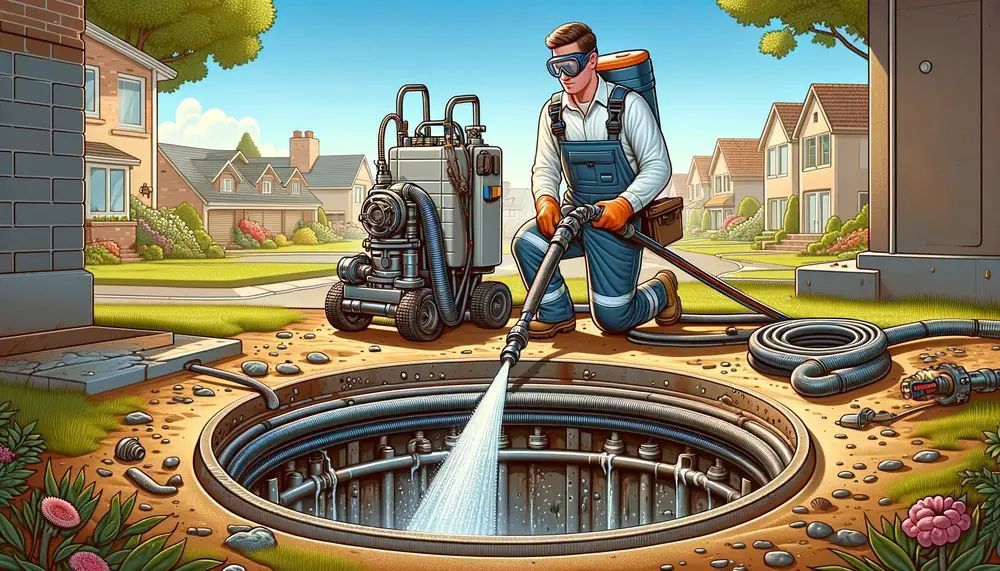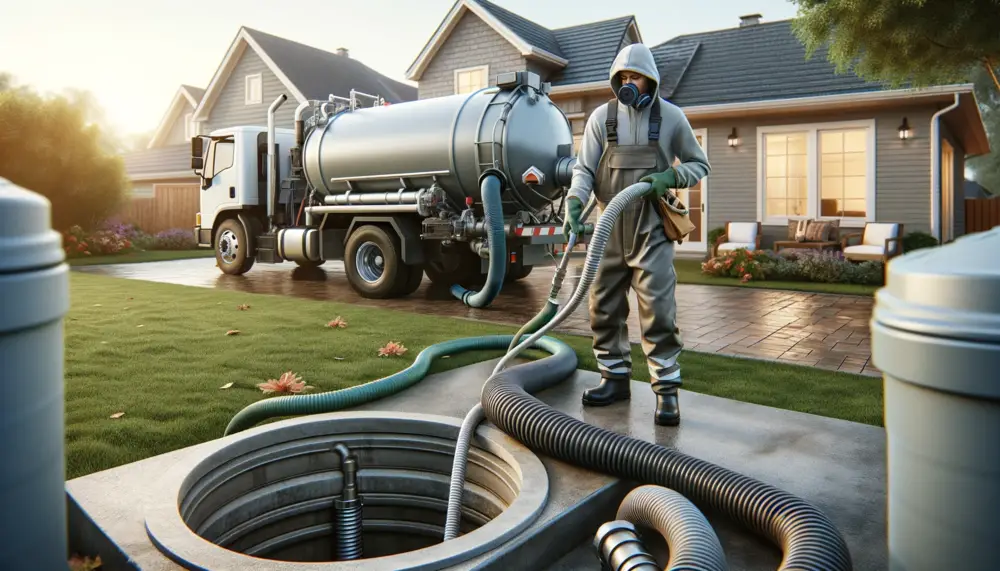Perfect Septic Tank Sizing for Your Home: Key Factors & Expert Tips
When it comes to the essential infrastructure of your home, a well-functioning septic system is paramount. Whether building a new home or upgrading an existing one, a crucial question that comes to mind is: "What size septic tank do I need?". In this blog, we'll delve into the factors that determine septic tank size, consider the needs of a typical 4-bedroom house, explore standard and average sizes, and provide tips to ensure you get it right the first time.
Factors Influencing Septic Tank Size
Several factors influence the process of sizing a septic tank for a property. These factors include:
Household Size
The number of people living in the house directly impacts the wastewater generated and the tank size needed.
Water Usage
High water usage activities like laundry, showers, and dishwashing contribute to more wastewater, requiring a larger tank.
Soil Type
The soil's ability to absorb water (percolation rate) affects how quickly the tank can drain and influences sizing requirements.
Local Regulations
Different regions may have specific regulations or guidelines regarding sizing septic tanks based on soil composition, water table depth, and environmental considerations.
Similar Read: Aerobic Septic Systems: Working, Issues, and Maintenance
Septic Tank Size for a 4-Bedroom House:
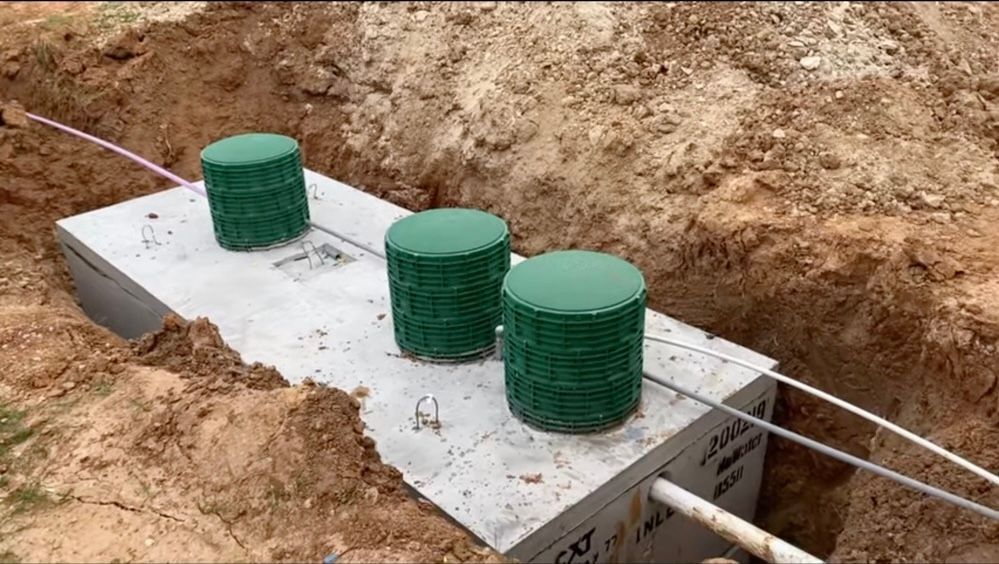
A septic tank size for a 4 bedroom house represents a typical residential property with a moderate to large household size. When determining the appropriate septic tank size for such a residence, several key factors come into play to ensure efficient wastewater management and system functionality.
Household Size and Water Usage
A 4-bedroom house often accommodates a family or a significant number of occupants. With more people residing in the home, water usage is higher than in smaller households. Bathing, laundry, dishwashing, and toilet flushing contribute to the daily wastewater volume.
Daily Water Consumption
The average water consumption per person in a household can vary depending on lifestyle, habits, and geographic location. However, for planning purposes, estimating a standard water usage per person per day can provide a basis for determining the overall wastewater output.
Wastewater Treatment Needs
Proper wastewater treatment is essential to maintain a healthy and hygienic living environment. The septic tank serves as the initial stage of wastewater treatment. The septic tank size for a 4 4-bedroom house should allow sufficient retention time, allowing solids to settle and wastewater to undergo biological processes before being discharged into the drain field.
Regulatory Requirements
Local regulations and building codes often dictate minimum septic tank sizing standards based on household size, soil characteristics, and environmental considerations. It is crucial to consult with local authorities or septic system professionals to ensure compliance with relevant regulations.
Standard and Average Septic Tank Sizes
Standard septic tank sizes can vary depending on the manufacturer and regional regulations. However, in the United States, standard sizes for residential use range from 1,000 to 1,500 gallons. Tanks up to 2,500 gallons may be necessary for more significant properties or higher water usage scenarios.
Based on industry standards and residential needs, the average septic tank size is around 1,250 gallons. This size strikes a balance between capacity and practicality for most households.
Tips for Sizing Your Septic Tank Correctly
Consult with Experts: Work with experienced septic system professionals or engineers who can assess your needs based on household size, water usage patterns, soil conditions, and local regulations.
Consider Future Growth
If you anticipate an increase in household size or water usage due to renovations or lifestyle changes, factor these into your tank sizing calculations to avoid issues down the line.
Evaluate Soil Percolation
Conduct a percolation test on your property to determine how well the soil absorbs water. This information helps accurately size both the tank and the drain field.
Follow Local Codes
Adhere to local building codes and environmental regulations regarding septic system installation and sizing to ensure compliance and avoid potential legal issues.
Choose Quality Products
Invest in high-quality septic tanks and components from reputable manufacturers to ensure durability, efficiency, and minimal maintenance requirements.
Benefits of Properly Sized Septic Systems:
Efficient Wastewater Treatment
A correctly sized septic tank and drain field allow for proper wastewater treatment, reducing the risk of backups, odors, and environmental contamination.
Long-Term Cost Savings
Adequate sizing of your septic tank not only reduces the need for frequent pumping or repairs but also saves you money on maintenance and potential system replacements. It's important to complement this by being mindful of what goes into your septic system.
Environmental Protection
Properly functioning septic systems protect groundwater and surface water from pollution, contributing to overall environmental health.
Final Thoughts on Choosing the Right Septic Tank Size
Getting the septic tank size right is crucial for your system's functionality, longevity, and environmental impact. By considering household size, water usage, soil type, and local regulations and following expert advice, you can ensure that your septic system meets your needs efficiently. Remember, investing in the correct size upfront can save you time, money, and headaches in the future, making it a decision worth getting right the first time.
Rooter One offers expert septic tank installation services in Port St. Lucie, ensuring optimal functionality and compliance with local regulations. Our experienced team considers household size, water usage, and future needs for precision.
ROOTER ONE
FORT PIERCE
5400 ORANGE AVENUE,
FORT PIERCE, FL, 34950
PORT ST. LUCIE
1742 SE LORRAINE ST.
PORT ST. LUCIE, FL 34952
STUART
6526 S. KANNER HIGHWAY
STUART, FL 34997
QUICK LINKS
Port St. Lucie Commercial Plumbing
LICENSE NUMBER: CFC1428754



